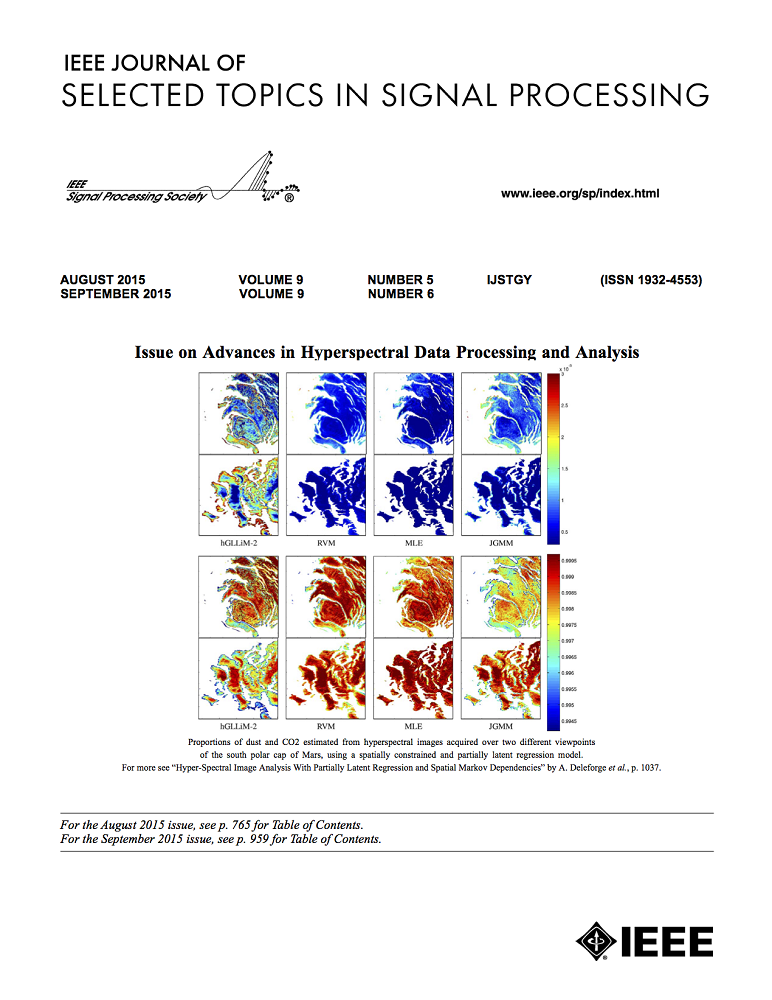Multi-RIS-Empowered Multiple Access: A Distributed Sum-Rate Maximization Approach
IF 8.7
1区 工程技术
Q1 ENGINEERING, ELECTRICAL & ELECTRONIC
IEEE Journal of Selected Topics in Signal Processing
Pub Date : 2024-09-09
DOI:10.1109/JSTSP.2024.3455102
引用次数: 0
Abstract
The plethora of wirelessly connected devices, whose deployment density is expected to largely increase in the upcoming sixth Generation (6G) of wireless networks, will naturally necessitate substantial advances in multiple access schemes. Reconfigurable Intelligent Surfaces (RISs) constitute a candidate 6G technology capable to offer dynamic over-the-air signal propagation programmability, which can be optimized for efficient non-orthogonal access of a multitude of devices. In this paper, we study the downlink of a wideband communication system comprising multiple multi-antenna Base Stations (BSs), each wishing to serve an associated single-antenna user via the assistance of a Beyond Diagonal (BD) and frequency-selective RIS. Under the assumption that each BS performs Orthogonal Frequency Division Multiplexing (OFDM) transmissions and exclusively controls a distinct RIS, we focus on the sum-rate maximization problem and present a distributed joint design of the linear precoders at the BSs as well as the tunable capacitances and the switch selection matrices at the multiple BD RISs. The formulated non-convex design optimization problem is solved via successive concave approximation necessitating minimal cooperation among the BSs. Our extensive simulation results showcase the performance superiority of the proposed cooperative scheme over non-cooperation benchmarks, indicating the performance gains with BD RISs via the presented optimized frequency selective operation for various scenarios.multi - ris授权多址:一种分布式和速率最大化方法
在即将到来的第六代(6G)无线网络中,无线连接设备的部署密度预计将大幅增加,因此自然需要在多址方案方面取得实质性进展。可重构智能表面(RISs)构成了一种候选6G技术,能够提供动态的空中信号传播可编程性,可以针对多种设备的高效非正交访问进行优化。在本文中,我们研究了由多个多天线基站(BSs)组成的宽带通信系统的下行链路,每个基站都希望通过超对角线(BD)和频率选择RIS的帮助为相关的单天线用户服务。在假设每个基站执行正交频分复用(OFDM)传输并单独控制一个单独的RIS的情况下,我们重点研究了和速率最大化问题,并提出了一个分布式联合设计的基站线性预编码器以及多个BD RISs的可调电容和开关选择矩阵。所提出的非凸设计优化问题是通过连续凹逼近来解决的,需要最小的BSs之间的合作。我们广泛的仿真结果显示了所提出的合作方案优于非合作基准的性能优势,表明通过所提出的优化频率选择操作在各种场景下使用BD RISs的性能增益。
本文章由计算机程序翻译,如有差异,请以英文原文为准。
求助全文
约1分钟内获得全文
求助全文
来源期刊

IEEE Journal of Selected Topics in Signal Processing
工程技术-工程:电子与电气
CiteScore
19.00
自引率
1.30%
发文量
135
审稿时长
3 months
期刊介绍:
The IEEE Journal of Selected Topics in Signal Processing (JSTSP) focuses on the Field of Interest of the IEEE Signal Processing Society, which encompasses the theory and application of various signal processing techniques. These techniques include filtering, coding, transmitting, estimating, detecting, analyzing, recognizing, synthesizing, recording, and reproducing signals using digital or analog devices. The term "signal" covers a wide range of data types, including audio, video, speech, image, communication, geophysical, sonar, radar, medical, musical, and others.
The journal format allows for in-depth exploration of signal processing topics, enabling the Society to cover both established and emerging areas. This includes interdisciplinary fields such as biomedical engineering and language processing, as well as areas not traditionally associated with engineering.
 求助内容:
求助内容: 应助结果提醒方式:
应助结果提醒方式:


